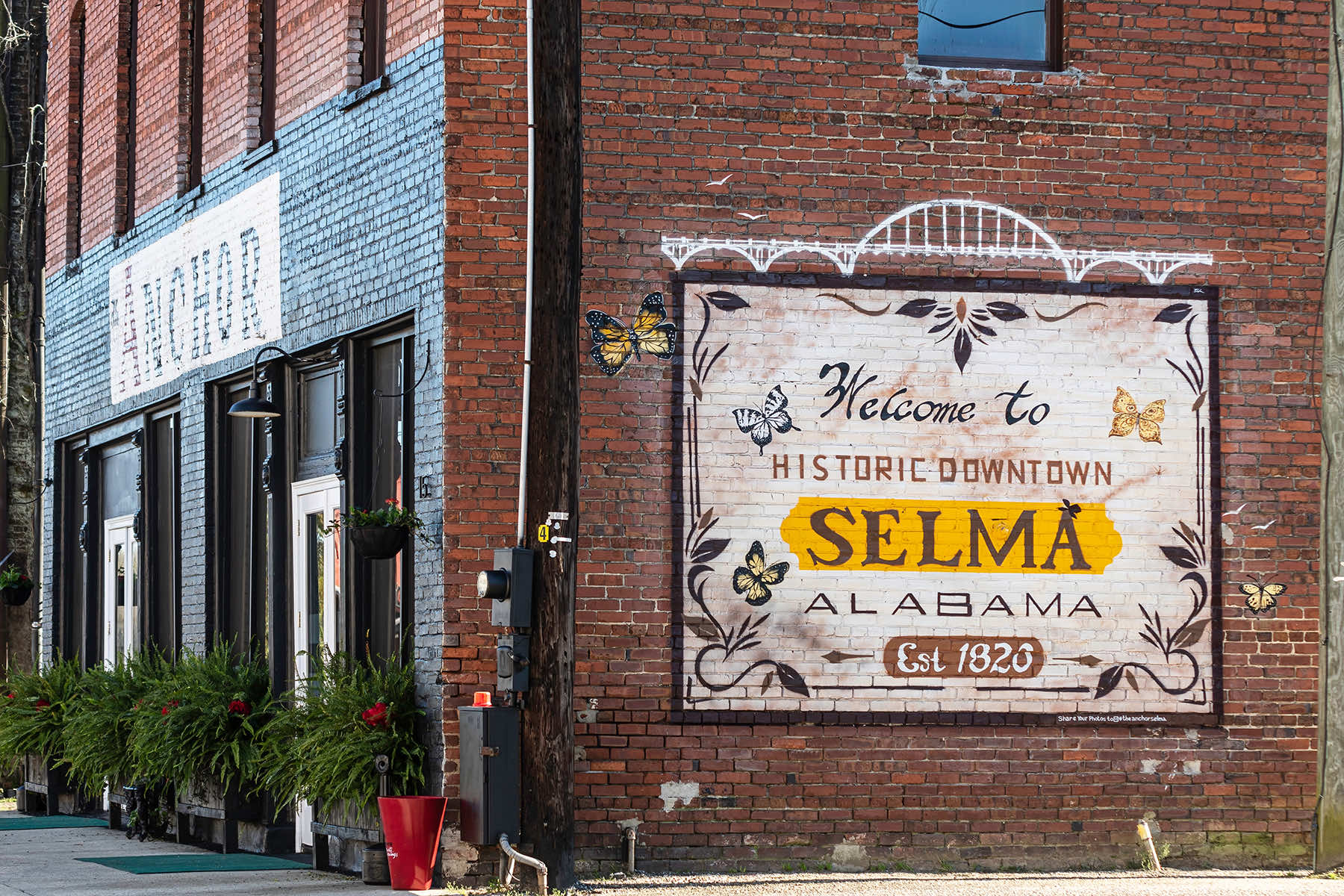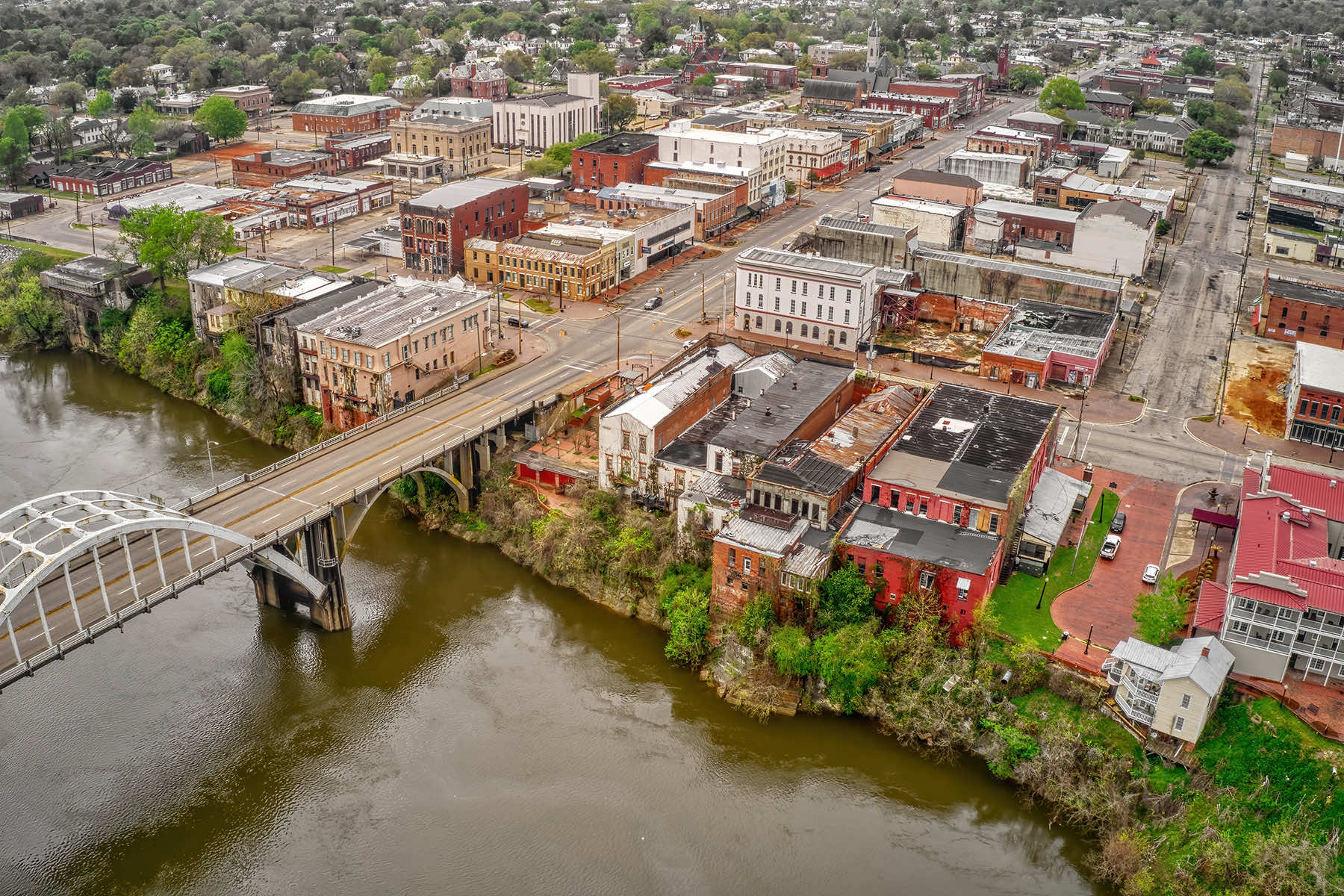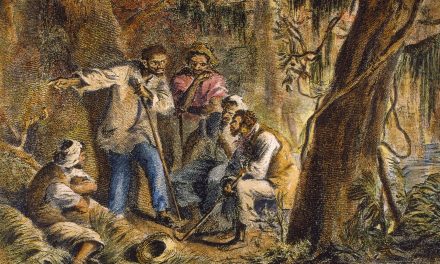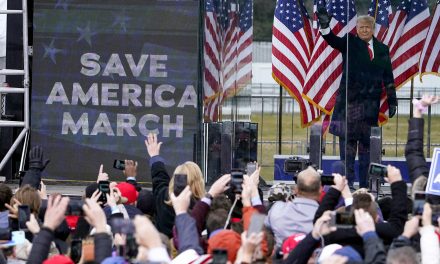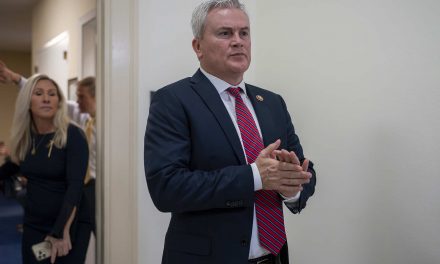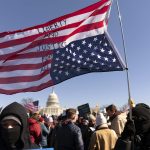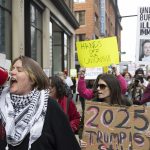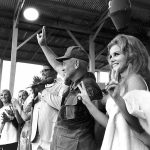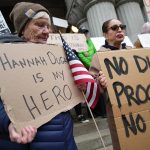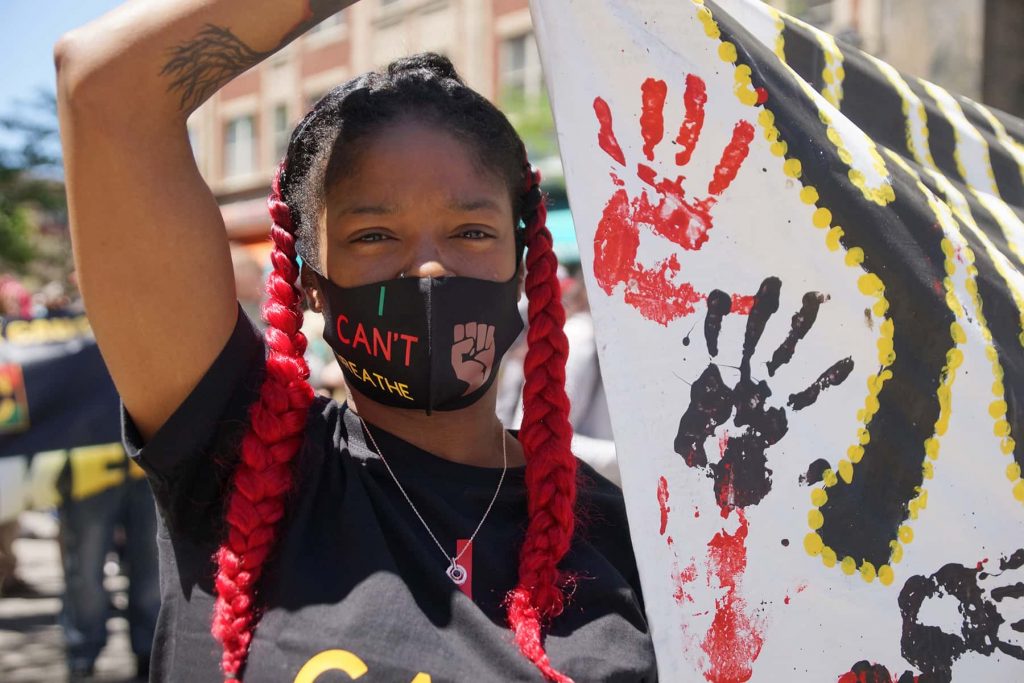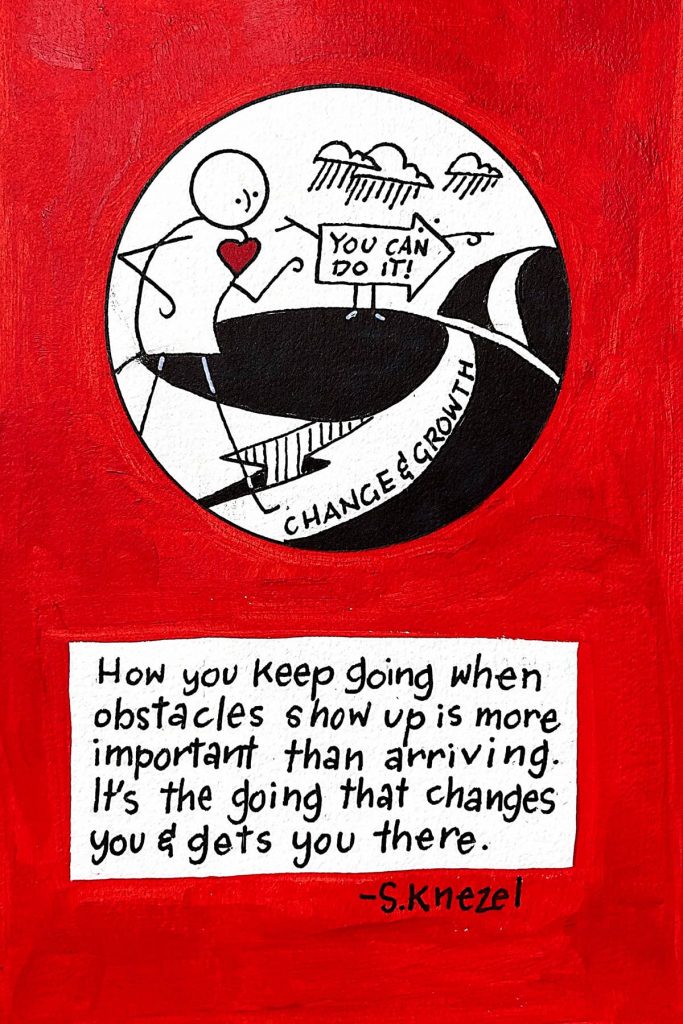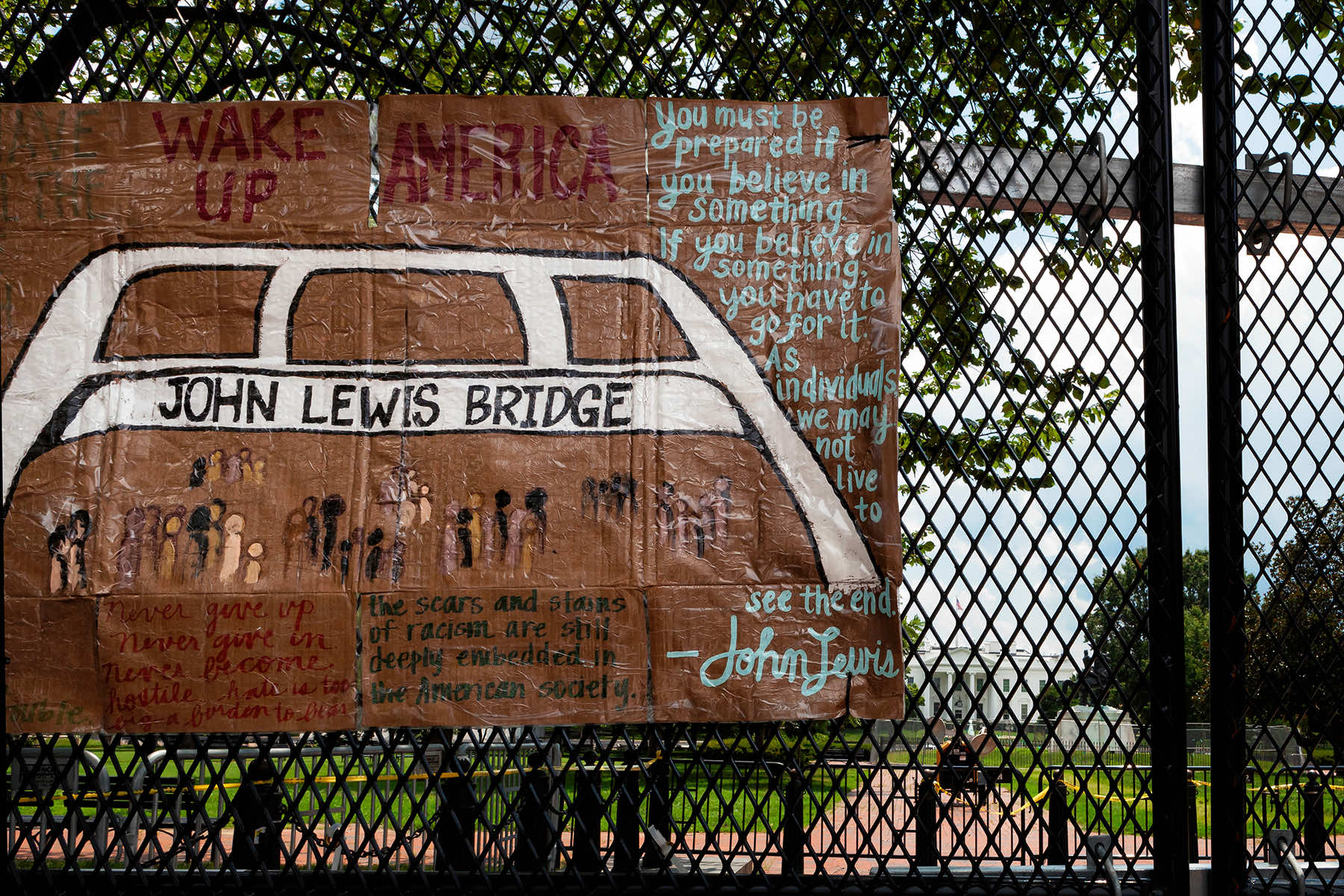
Black Americans outnumbered White Americans among the 29,500 people who lived in Selma, Alabama, in the 1960s, but the city’s voting rolls were 99% White.
So, in 1963, Black organizers in the Dallas County Voters League launched a drive to get Black voters in Selma registered. The Student Nonviolent Coordinating Committee, a prominent civil rights organization, joined them.
In 1964, Congress passed the Civil Rights Act, but the measure did not adequately address the problem of voter suppression. In Selma a judge had stopped the voter registration protests by issuing an injunction prohibiting public gatherings of more than two people.
To call attention to the crisis in her city, Amelia Boynton, who was a part of the Dallas County Voters League but who, in this case, was acting with a group of local activists, traveled to Birmingham to invite Reverend Martin Luther King, Jr., to the city. King had become a household name after the 1963 March on Washington where he delivered the “I Have a Dream” speech, and his presence would bring national attention to Selma’s struggle.
King and other prominent members of the Southern Christian Leadership Conference arrived in January to push the voter registration drive. For seven weeks, Black residents tried to register to vote. County Sheriff James Clark arrested almost 2,000 of them for a variety of charges, including contempt of court and parading without a permit.
A federal court ordered Clark not to interfere with orderly registration, so he forced Black applicants to stand in line for hours before taking a “literacy” test. Not a single person passed.
Then on February 18, White police officers, including local police, sheriff’s deputies, and Alabama state troopers, beat and shot an unarmed 26-year-old, Jimmie Lee Jackson, who was marching for voting rights at a demonstration in his hometown of Marion, Alabama, about 25 miles northwest of Selma. Jackson had run into a restaurant for shelter along with his mother when the police started rioting, but they chased him and shot him in the restaurant’s kitchen.
Jackson died eight days later, on February 26.
The leaders of the Southern Christian Leadership Conference in Selma decided to defuse the community’s anger by planning a long march—54 miles—from Selma to the state capitol at Montgomery to draw attention to the murder and voter suppression. Expecting violence, the Student Nonviolent Coordinating Committee voted not to participate, but its chair, John Lewis, asked their permission to go along on his own. They agreed.
On March 7, 1965, the marchers set out. As they crossed the Edmund Pettus Bridge, named for a Confederate brigadier general, Grand Dragon of the Alabama Ku Klux Klan, and U.S. senator who stood against Black rights, state troopers and other law enforcement officers met the unarmed marchers with billy clubs, bullwhips, and tear gas.
They fractured John Lewis’s skull and beat Amelia Boynton unconscious. A newspaper photograph of the 54-year-old Boynton, seemingly dead in the arms of another marcher, illustrated the depravity of those determined to stop Black voting.
Images of “Bloody Sunday” on the national news mesmerized the nation, and supporters began to converge on Selma. King, who had been in Atlanta when the marchers first set off, returned to the fray.
Two days later, the marchers set out again. Once again, the troopers and police met them at the end of the Edmund Pettus Bridge, but this time, King led the marchers in prayer and then took them back to Selma. That night, a White mob beat to death a Unitarian Universalist minister, James Reeb, who had come from Massachusetts to join the marchers.
On March 15, President Lyndon B. Johnson addressed a nationally televised joint session of Congress to ask for the passage of a national voting rights act. “Their cause must be our cause too,” he said. “[A]ll of us…must overcome the crippling legacy of bigotry and injustice. And we shall overcome.” Two days later, he submitted to Congress proposed voting rights legislation.
The marchers remained determined to complete their trip to Montgomery, and when Alabama’s governor, George Wallace, refused to protect them, President Johnson stepped in. When the marchers set off for a third time on March 21, 1,900 members of the nationalized Alabama National Guard, FBI agents, and federal marshals protected them.
Covering about ten miles a day, they camped in the yards of well-wishers until they arrived at the Alabama State Capitol on March 25. Their ranks had grown as they walked until they numbered about 25,000 people.
On the steps of the capitol, speaking under a Confederate flag, Dr. King said: “The end we seek is a society at peace with itself, a society that can live with its conscience. And that will be a day not of the White man, not of the black man. That will be the day of man as man.”
That night, Viola Liuzzo, a 39-year-old mother of five who had arrived from Michigan to help after Bloody Sunday, was murdered by four Ku Klux Klan members who tailed her as she ferried demonstrators out of the city.
On August 6, Dr. King and Mrs. Boynton were guests of honor as President Johnson signed the Voting Rights Act of 1965. Recalling “the outrage of Selma,” Johnson said: “This right to vote is the basic right without which all others are meaningless. It gives people, people as individuals, control over their own destinies.”
The Voting Rights Act authorized federal supervision of voter registration in districts where African Americans were historically underrepresented. Johnson promised that the government would strike down “regulations, or laws, or tests to deny the right to vote.”
He called the right to vote “the most powerful instrument ever devised by man for breaking down injustice and destroying the terrible walls which imprison men because they are different from other men,” and pledged that “we will not delay, or we will not hesitate, or we will not turn aside until Americans of every race and color and origin in this country have the same right as all others to share in the process of democracy.”
As recently as 2006, Congress reauthorized the Voting Rights Act by a bipartisan vote. By 2008 there was very little difference in voter participation between White Americans and Americans of color. But then, in 2013, the Supreme Court’s Shelby County v. Holder decision got rid of the part of the Voting Rights Act that required jurisdictions with a history of racial discrimination in voting to get approval from the federal government before changing their voting rules. This requirement was known as “preclearance.”
The Shelby County v. Holder decision opened the door, once again, for voter suppression. Since then, states have made it harder to vote; in 2023, at least 14 states enacted 17 restrictive voting laws. A recent study by the Brennan Center of nearly a billion vote records over 14 years shows that the racial voting cap is growing almost twice as fast in places that used to be covered by the preclearance requirement.
Democrats have tried since 2021 to pass a voting rights act but have been stymied by Republicans, who oppose such protections. Last September, on National Voter Registration Day, House Democrats reintroduced a voting rights act, now named the John R. Lewis Voting Rights Act after the man who went on from his days in the Civil Rights Movement to serve 17 terms as a representative from Georgia, bearing the scars of March 7, 1965, until he died on July 17, 2020.
On March 1, 2024, 51 Democratic senators introduced the measure in the Senate.
Speaking in Selma at the commemoration of the 59th anniversary of Bloody Sunday, Vice President Kamala Harris shared that the first thing she sees on walking into her office is a “large framed photograph taken on Bloody Sunday depicting an injured Amelia Boynton receiving care at the foot of [the Edmund Pettus] bridge.”
“[F]or me,” she said, “it is a daily reminder of the struggle, of the sacrifice, and of how much we owe to those who gave so much before us.”
“History is a relay race,” she said. “Generations before us carried the baton. And now, they have passed it to us.”
James Kirkikis, Allison C Bailey, Chad Robertson Media, Jacob Boomsma, and JNix (via Shutterstock)
Letters from an Аmerican is a daily email newsletter written by Heather Cox Richardson, about the history behind today’s politics

